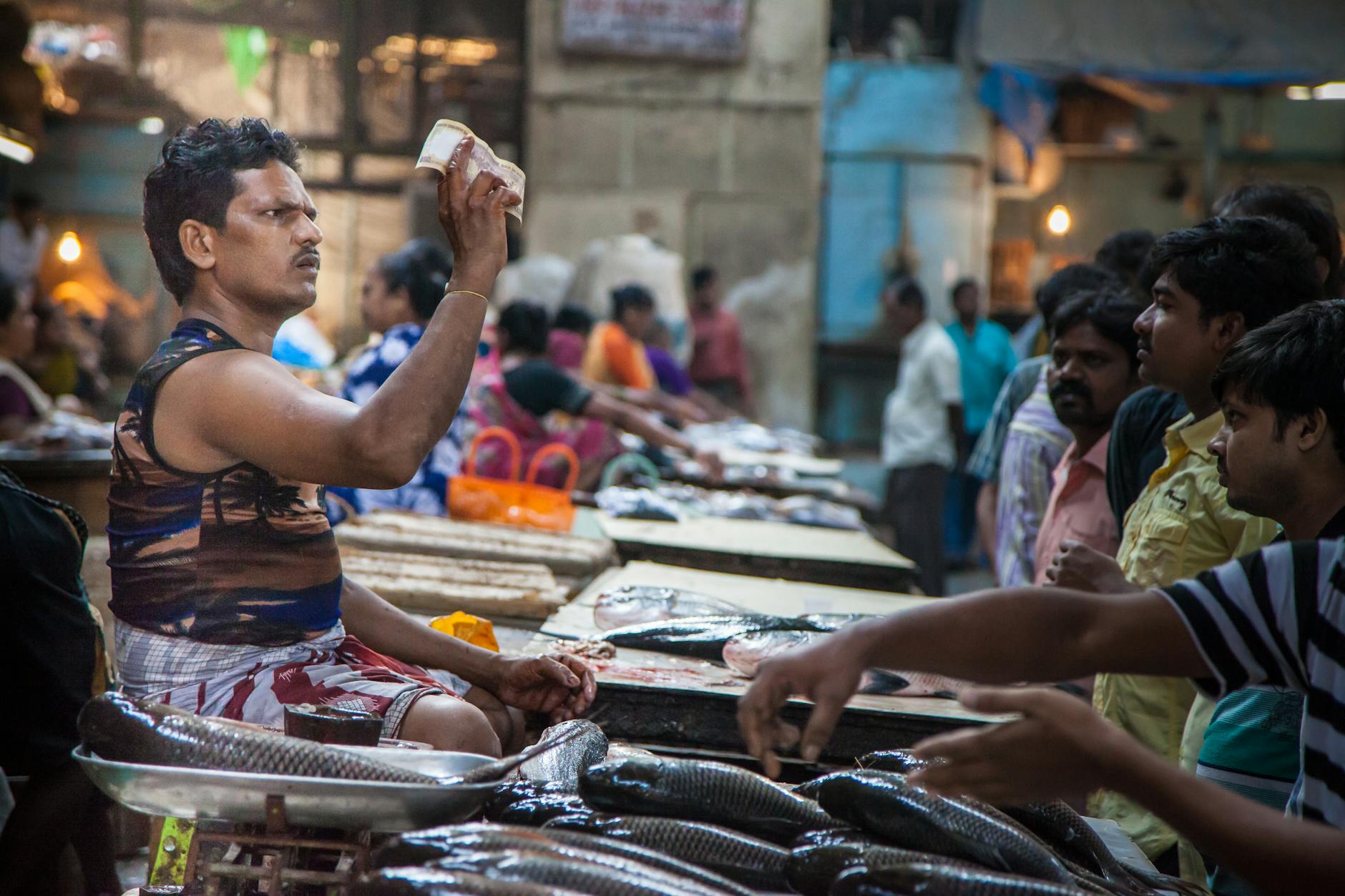In recent years, India’s seafood and aquaculture sectors have stood at a crossroads — poised for growth but hampered by high input costs, fragmented value chains, and market mistrust. The recent decision by the GST Council to slash tax rates across the fisheries value chain helps shift that balance decisively in favor of expansion, innovation, and consumer trust.
Expert comment
Shailesh Patel, co-founder, Dam Good Fish said, “The GST Council’s decision to cut tax on seafood and aquaculture inputs from 12% to 5% is a true game-changer for the industry. This move reduces costs across the entire supply chain, empowering brands like Dam Good Fish to offer more affordable prices to consumers while expanding access to clean, sustainable protein. It’s a win-win, supporting local fishermen and entrepreneurs, and boosting India’s standing on the global seafood stage.”
He further added, “With its commitment to traceability and quality, Dam Good Fish is poised to scale faster and reach wider markets. This tax relief strengthens its mission of making responsibly-sourced seafood a staple in every Indian household. Ultimately, it accelerates the company’s vision of transforming seafood consumption in India with trust and transparency at the core.”
A broader shift
That statement marks the fulcrum of a broader shift. In September 2025, the Government of India formally announced that fishing nets, seafood products, and aquaculture inputs would now be taxed at 5% under GST — a major relief for producers across the supply chain. Previously, many of these items were taxed at 12% GST, placing a heavy burden on both small-scale fish farmers and downstream processors.
This reform is particularly timely. For example, the fish-net manufacturing sector (dominated by MSMEs) had long been seeking GST relief; the 12% rate was cited as a cause of losses and job cuts in that industry. The new rate offers these units breathing room to revive production, reduce input costs, and pass benefits downstream. Meanwhile, on the consumer side, the reduced burden is likely to encourage wider adoption of seafood, especially among price-sensitive households.
Amplifying an already favourable model
From the perspective of brands like Dam Good Fish, the relief amplifies an already favorable model. Founded in 2023, Dam Good Fish is building a reputation on urban, health-conscious consumers who demand traceability, chemical-free practices, and freshness. The brand has also paired up with Hyperpure by Zomato, leveraging its B2B network to make clean, traceable seafood available to restaurants and chefs across India. With reduced tax burden, cost structures open up more flexibility for scaling — whether via cold-chain investment, marketing, or price competitiveness.
Indeed, the broader macro environment supports an uptick in seafood demand. India currently ranks among the top seafood exporters globally, particularly in the shrimp segment, and is targeting export growth beyond USD 12 billion in coming years. But domestic consumption still lags, constrained by price sensitivity, supply inconsistencies, and quality concerns. The tax reform addresses a core barrier — cost compression — and helps bridge that consumption gap.
Obstacles to address
Of course, challenges remain. Efficient cold-chain logistics, rural infrastructure, compliance requirements, and ensuring traceability across a fragmented ecosystem are not trivial tasks. Brands that succeed will be those that embed technology (for tracking, quality checks, and supply forecasting) and build resilient vertical integration.
In conclusion
The GST Council’s move is more than a fiscal tweak — it is a catalytic policy lever. It lowers friction in the system, rewards responsible players, and paves the way for scaling a sector long overdue for modernization. For ambitious players like Dam Good Fish, this is not just relief — it’s wind beneath the wings of a vision: making trustworthy seafood accessible to every Indian household, while empowering coastal livelihoods and enhancing India’s global seafood footprint.






Leave a Reply